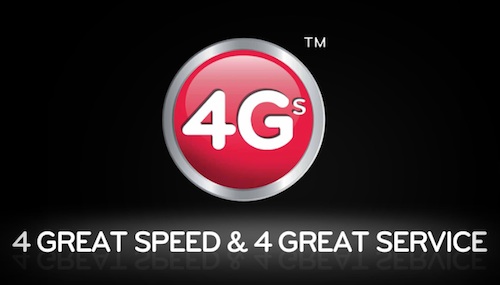
The Advertising Standards Authority (ASA) has dismissed Cell C’s appeal against a portion of a ruling handed down by its directorate on 6 October 2010 concerning various complaints about its use of the term “4Gs” in its advertising campaigns.
Vodacom, MTN and two consumers filed the original complaint.
The advertisements first stated that Cell C was “building the first 4G network in the southern hemisphere”, and included a red and white “4Gs” logo. The complainants claimed the ads were misleading because Cell C’s mobile network could not achieve the required speed criteria for 4G because the necessary network equipment was not yet available.
The complainants argued that the network Cell C intended to deploy was an HSPA+ network (a 3G network in terms of International Telecommunication Union definitions).
Cell C in turn claimed the “4Gs” stood for “for great service” rather than fourth-generation cellular wireless standards. However, because there was no disclaimer to this effect included in the offending advertisements, the complainants argued that Cell C was “attempting to gain an marketing advantage though the use of a misleading and dishonest premise”.
Cell C argued that as the standards that constituted a 4G network had yet to be determined, the term “4G” was only an expression coined by the mobile industry rather than an officially defined or sanctioned term. Furthermore, it argued that the performance of its network exceeded that of the other networks in SA, and that it therefore is within its rights to promote itself as “more than a 3G network”.
Vodacom said that if the ASA were to accept that Cell C’s network constituted a 4G technology, this would be to the detriment of consumers, as Vodacom and MTN would be encouraged to rebrand their offerings as 4G without consumers enjoying any tangible benefits.
The ASA found that Cell C’s advertising was “clearly ambiguous” and that “the ambiguity” was “exacerbated” by the fact that a 3G standard already existed in [SA], which arguably meant that consumers would automatically assume that Cell C’s logo stood for the next level; a 4G standard. Cell C was also lambasted for its failure to qualify the meaning of the 4Gs logo in its advertisements.
The ASA ruled that “Cell C expressly marketed the network as a ‘4G’ network,” and that “the intention was to convey to the public that its network was fourth generation and that the average member of the public would have understood this to be what it meant”. — Craig Wilson, TechCentral
- Subscribe to our free daily newsletter
- Follow us on Twitter or on Facebook




